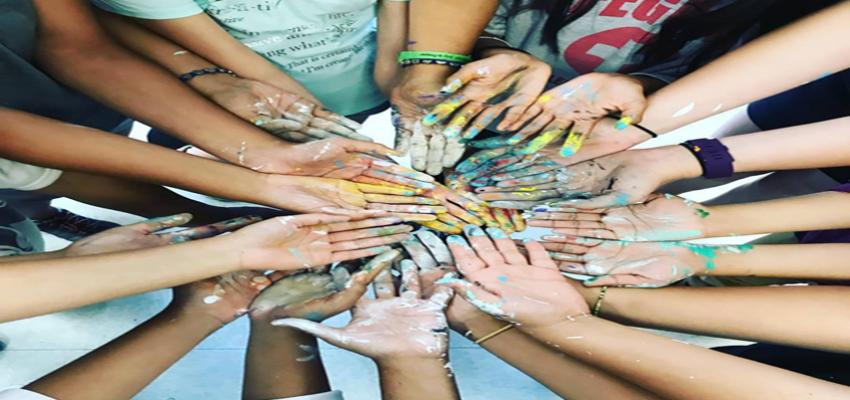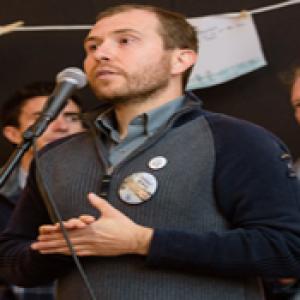Five years ago, I put a personal and institutional moratorium on making theatre. coLAB Arts had a massive question that had been hanging in the air for the five years since the organization first started: Why do we exist?
Why does there need to be another loosely held together group of emerging interdisciplinary artists in New Jersey making work for themselves? And why New Brunswick?
We had already seen consistent artist churn because there were better places to be making work. Places that are more affordable with greater resource access, with larger audiences and more diverse communities of artists and ideas.
I stopped making work because I couldn’t answer the question through my own project choices. I chose to support my coLAB Arts peers in dance, music, visual art and arts education, and wrap my head around the relationship bet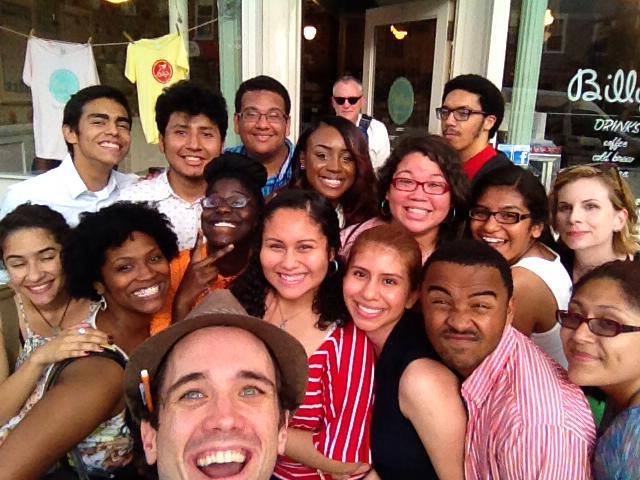 ween time, place and, of course, the work.
ween time, place and, of course, the work.
That self-imposed exile lasted for two years. Those two years were full of conversation and contemplation with my collaborators, board and community members. We produced work that was good, and work that wasn’t as good, but with the intention to audit our process. What was the secret sauce that I, and frankly our dwindling audience, couldn’t see?
As makers, we invest so much time and so much emotion into the perfection and execution of our studio practice that we actually know less about how the work reverberates within a community than those who consume it. We can be told that it’s successful or that it fails in intention, but largely we return to our studios and start the process all over again. We move on to the next project and our audiences return to their lives.
Why have we ritualized the parting of ways between artist and audience? For any place-based institution, whose stories should we be telling or challenging, if not those of our own community? How can we know those stories if we aren’t engaged in constant generative dialogue?
During those two years, the work that was most successful was that which directly connected back to the people and the physical space for whom and where we were creating work. It’s such a simple answer, but existentially elusive, and incredibly hard in practice.
After two years, we found our mission: to engage artists with social advocacy organizations and communities to create transformative new work.
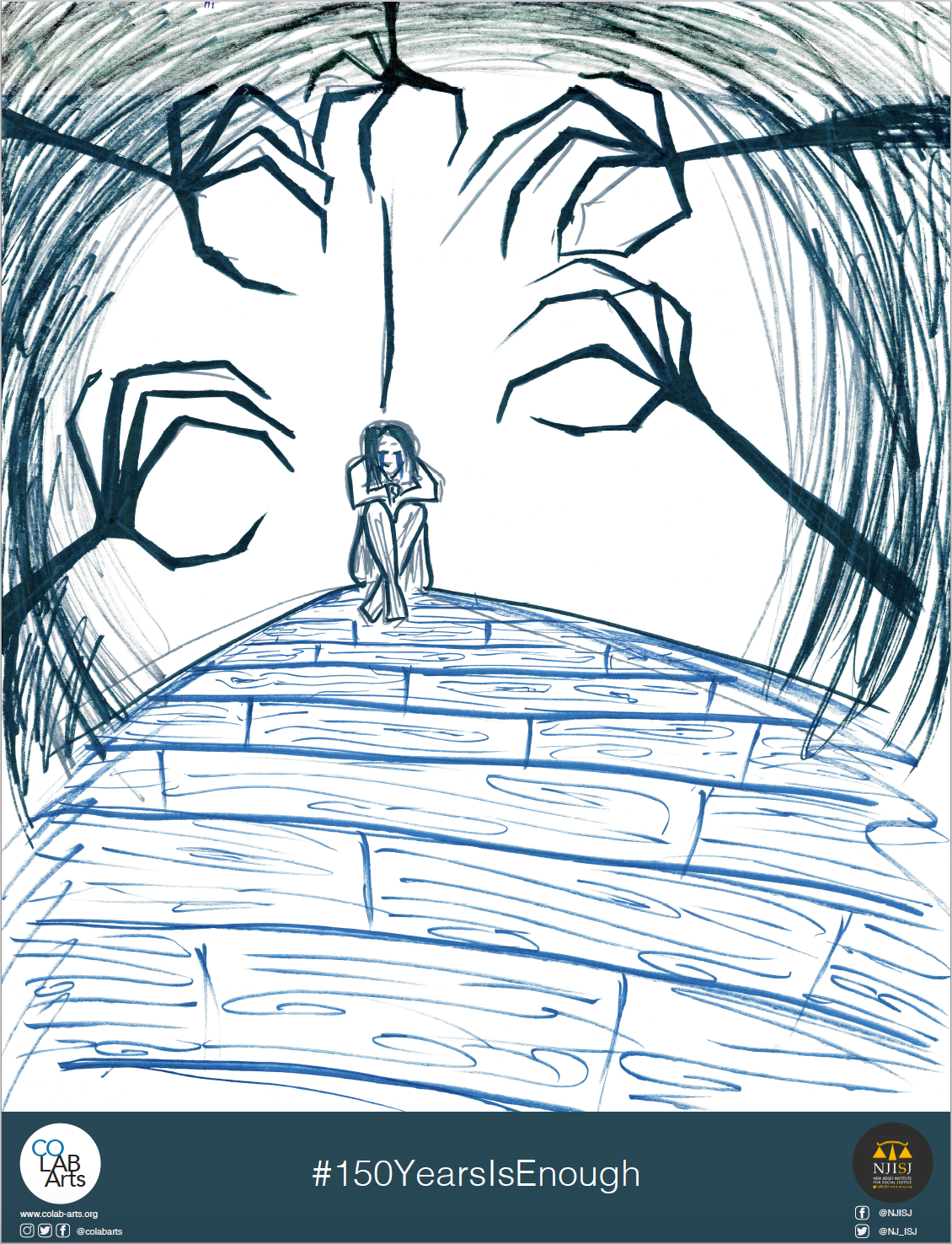 coLAB Arts now practices Creative Engagement – a sustained commitment to storytelling of a specific community or advocacy organization with a transdisciplinary intention, where the ideas for the work or catalyst for any work’s creation responds to the needs of the relationship, not necessarily originating with the artist. It includes three spheres of practice: 1) studio practice – artist-led and artist-executed creative work, 2) social practice – artist-led and community-executed or engaged creative work, and 3) civic practice – artist-led and community-executed or engaged dialogue or equity intervention. A tremendous national resource I would recommend for anyone who wants to learn more about this delineation of work is the Center for Performance and Civic Practice.
coLAB Arts now practices Creative Engagement – a sustained commitment to storytelling of a specific community or advocacy organization with a transdisciplinary intention, where the ideas for the work or catalyst for any work’s creation responds to the needs of the relationship, not necessarily originating with the artist. It includes three spheres of practice: 1) studio practice – artist-led and artist-executed creative work, 2) social practice – artist-led and community-executed or engaged creative work, and 3) civic practice – artist-led and community-executed or engaged dialogue or equity intervention. A tremendous national resource I would recommend for anyone who wants to learn more about this delineation of work is the Center for Performance and Civic Practice.
I’m making theatre again. I’m making a lot of theatre with coLAB Arts. Through our Creative Engagement practice, we do an annual commission responding to homelessness advocacy and story sharing from our community with the City of New Brunswick and the Mens’ Rotating Shelter. We’re touring a new verbatim theatre piece based on interviews with individuals who committed murder as juveniles by Elizabeth Weill-Greenberg called Life, Death, Life Again. I’m working on a hybrid journalism-theatre project documenting stories of working poor in New Jersey with FreePress and United Way of Northern New Jersey, and a massive state coalition called 37 Voices. And next up is a new play with Weill-Greenberg based on interviews with individuals added to the sex offender registry as juveniles.

We host choreographer residencies with Mason Gross School of the Arts - Department of Dance, embedding graduate students and professional choreographers in local organizations. Through the National Endowment for the Arts, we host artist residencies across artistic discipline in government agencies and nonprofits. My co-producer John Keller is now running our Summer Arts Institute, teaching students in middle school and high school how to create new work using our process, directly in collaboration with local nonprofit organizations, Lower Raritan Watershed Partnership, Anti-Poverty Network of New Jersey and New Jersey Institute for Social Justice (enrollment is still available for one more week, August 20-24 at www.colab-arts.org).
Oh, and that new mission statement? We’ve been wearing it now for three years. It’s like breaking in new shoes – it still feels right. We’ve been able to double our budget every year since, so it feels like something’s working. There’s one word in the statement we keep thinking about - “transformative.” We’ve got some ideas about that. Hopefully, I’ll be invited back to share what we come up with.

